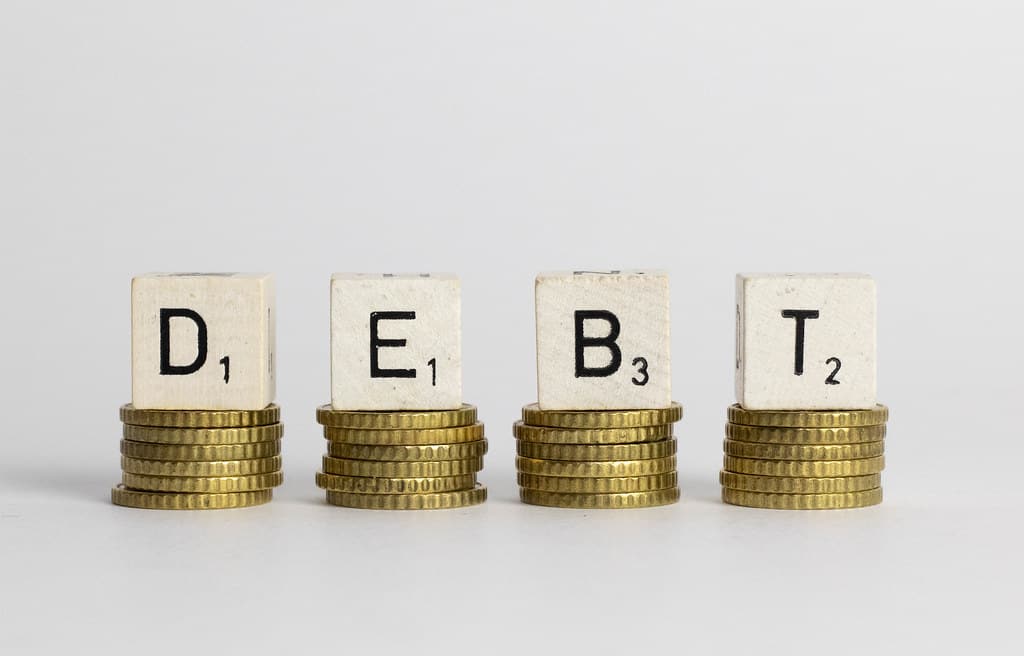The latest raft of official bond data points to successful efforts to reduce levels of local government hidden debt that Chinese regulators have long targeted as a besetting source of risk.
A report from Bloomberg highlights a difference of 668 billion yuan (approx. USD$103 billion) between the volume of refinancing bonds sold in the first half of 2021 for the purpose of rolling over maturing debt, and the amount of bonds that were actually repaid.
While local governments in China issued 1.9 trillion yuan in refinancing bonds in the first half, they only repaid 1.2 trillion yuan in official bonds, according to data from the Ministry of Finance (MOF) released last month.
Robin Xing, chief China economist at Morgan Stanley in Hong Kong, told Bloomberg that the disparity implies that Chinese local governments have used the proceeds from some of the refinancing bonds to pay off hidden debt that isn’t recorded on official balance sheets.
Local governments around China have made extensive use of financial vehicles under their control to conceal debt incurred by spending on capital intensive projects such as major infrastructure works.
The Xi administration launched an ambitious fiscal reform package in 2014 that sought to address the problem of hidden local government debt, by means including a ban on new borrowing by local government financing vehicles starting from 2015, and the restructuring of infrastructure-related debt into bonds.
Local governments around China have stepped up their efforts to resolve their debt issues in 2021, after MOF categorised it as a “national security” issue at the country’s annual congressional meetings held in March.
The southern Chinese tech hub of Shenzhen has committed to dealing with all of its hidden debt this year, while the south-western province of Guizhou said it had disposed of 33.7 billion yuan in off balance sheet debt in the first half of 2021.
In the north of the country Shaanxi province authorities have made the disposal of hidden debt a part of performance assessments for local government officials.
Robin Xing said that the repayment of hidden government debt would “make a positive contribution to the economy,” by helping to increase fiscal transparency also while reducing funding costs and systemic financial risk.
Data from multiple sources points to the success of recent efforts to contain China’s overall debt levels and declines in the macro-leverage ratio (debt to GDP) since the end of 2020, despite the adverse economic impacts of the COVID-19 pandemic.
China’s first quarter macro-leverage ratio was 276.8%, for a decline of 2.6 percentage points compared to the end of 2020, according to figures from the Chinese central bank’s “2021 First Quarter China Monetary Policy Execution Report” (2021年第一季度中国货币政策执行报告). In the final quarter of 2020 China’s macro-leverage ratio also posted a decline of 1.6 percentage points.
Bloomberg estimates that China’s macro-leverage ratio is even lower, putting it at 264% at the end of the second quarter of 2021, as compared to 269% at the end of 2020.


